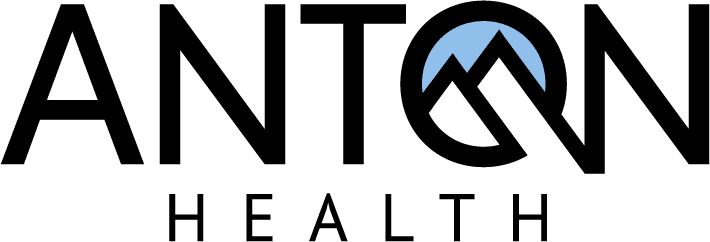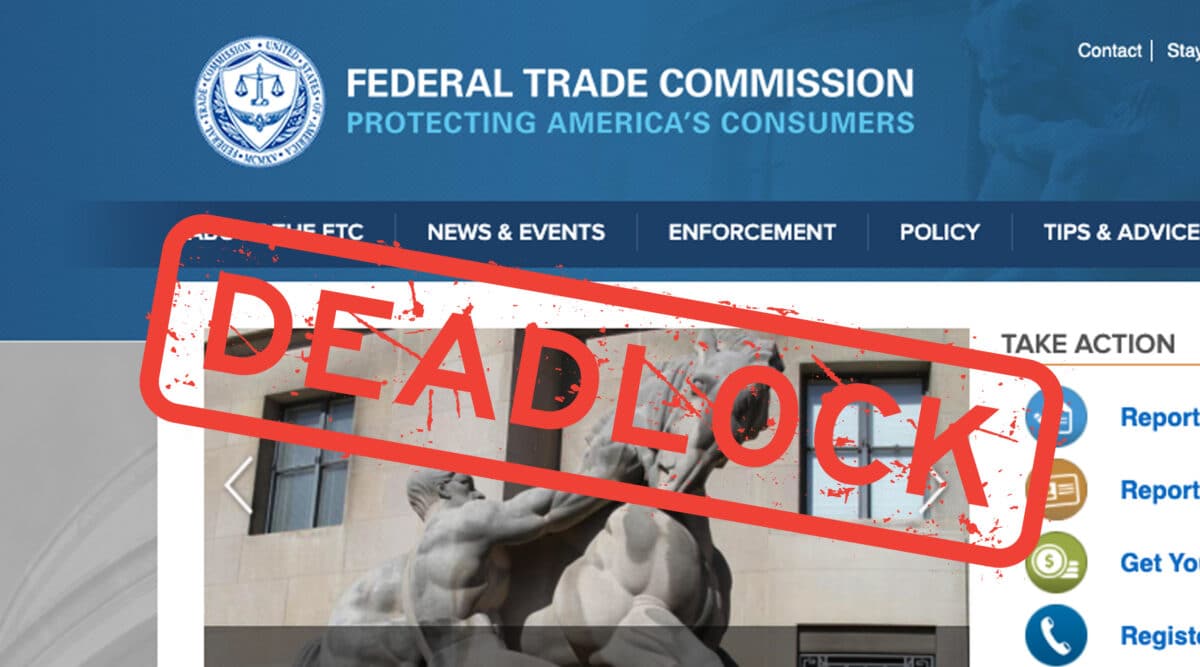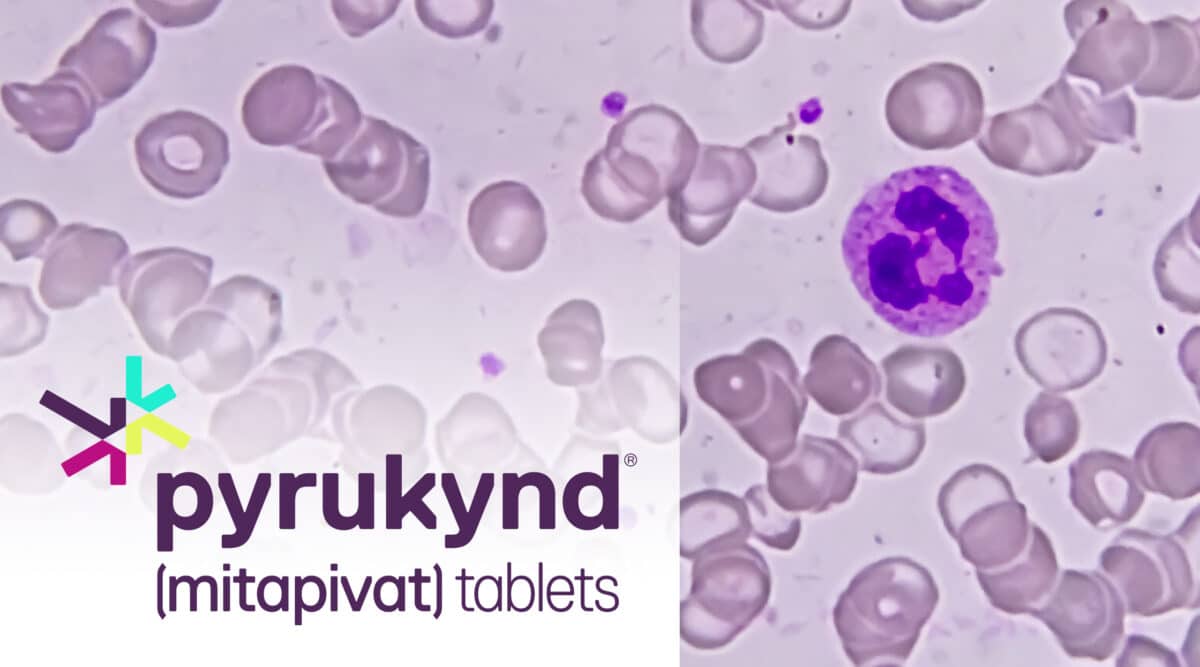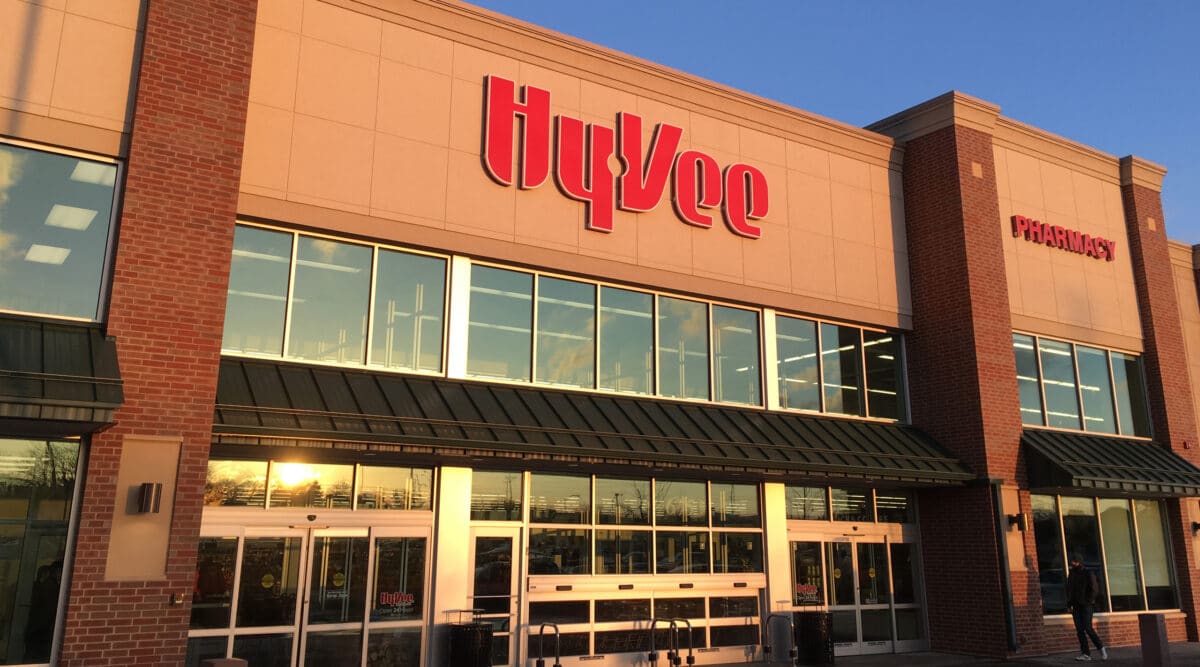Specialty pharmacies have seen margins shrink in spite of increasing volume. Many SPs turned to automation and clinically intuitive customer service software enabled SPs to improve speed to therapy and maintain quality of care standards. But overhead continues to be very people heavy. In short, bodies in the pharmacy and on the phone with customers are a big $$$ element of the delivery model.
It is not surprising, therefore, that SPs would look to their infantry in the pharmacy, pharmacy technicians, to shoulder a larger role in the delivery model. With tight clinical pharmacist availability and salaries rising, a certified pharmacy tech could be counted on to fill the gap. So, it should be no surprise that SPs interested in promoting their clinical quality would also want their techs to polish their clinical and operational expertise.
As noted in the article below, the CPhT has announced new course ware to enable pharmacy techs to obtain certifications in a variety of professional areas.
The certifications include the following:
– Advanced Certified Pharmacy Technician (CPhT-Adv),
– Board Certified Sterile Compounding Pharmacy Technician (BCSCPT),
– Board Certified Nonsterile Compounding Pharmacy Technician (BCNSPT).
Specialty certificates include:
– Technician Product Verifications (TPV)
– Medication History
– Controlled Substance Diversion Prevention
– Hazardous Drug Management
– Billing & Reimbursement
– Immunization Administration
– Point-of-Care Testing,
– Medication Therapy Management (MTM)
– Regulatory Compliance
– Supply Chain Management
Board of Pharmacy Technician Specialties Launches with Three Certifications and 10 Certificates to Advance Technicians’ Careers
New NPTA initiative offering three advanced certifications, including CPhT-Adv, and ten certificates providing increased accessibility and affordability to advance the careers of pharmacy technicians and enhance patient care and pharmacy practice
HOUSTON, Jan. 18, 2022 /PRNewswire/ — The Board of Pharmacy Technicians Specialties (BPTS), an independent initiative of the National Pharmacy Technician Association (NPTA), today launched three new advanced certifications for pharmacy technicians, including the CPhT-Adv, and ten specialty certificates. These new offerings will increase accessibility to credentials that will validate the skills and knowledge for pathways to advance the careers of pharmacy technicians, enhance patient care, and strengthen the workforce for pharmacies.
NPTA has long been the industry leader in advanced training programs and specialty certifications for pharmacy technicians, such as their sterile compounding program where NPTA has trained and certified more than 13,000 individuals. BPTS’s new certifications and certificates expand on NPTA’s mission to support, educate, and advocate for pharmacy technicians.
Exams will be offered at just $49 and be open to individuals certified through either NHA or PTCB to ensure accessibility to career-advancing credentials to all certified pharmacy technicians. The exam fee will include one additional retake at no charge, providing significant value compared to industry alternatives. BPTS has also set eligibility requirements to be more closely aligned with those expected of board-certified pharmacists, where individuals are encouraged but not required to take specific training programs, so long as they have adequate work experience.
“The responsibilities placed on pharmacy technicians to respond to increased patient needs are greater than ever,” said Mike Johnston, CEO of the National Pharmacy Technician Association. “With the launch of BPTS and these new offerings, all certified pharmacy technicians will now have the ability to demonstrate their advanced skills and competencies, earn advanced credentials, and ultimately gain the recognition, respect and compensation they deserve.
Registration for the certifications and certificates is available now, and the first exams will be offered in mid-February. Pharmacy technicians may register today at www.bpts.org.
